April 18, 2014
-
San Gabriel, Part II: The Gardens of Peace, and Prosperity
The serene inner garden of Mission San Gabriel Arcangel exists in four parts. There are indeed four points in this lovely arrangement: The Grape Arbor; the manufactory; the Peace Garden; the Tongva display.
When entering the garden, through the Mission’s Museum Store, one encounters an area that links the four points of this amazing island of serenity. Here, it is explained how the big picture of Spanish settlement fit the work of the monks and friars into its warp and weft.
An archway brings the traveler into the Peace Garden.
From here, it is wise to listen for any signs that there might be a Mass, or other worship activity, going on, as the Mission Church is immediately ahead, to the south. As Mass was in progress when I walked through the Archway, I contented myself with walking about in the Tongva quadrant. Cherry blossoms were abundant.
A lion glared out from the fountain.
As was the case at the Playhouse, there is a full set of miniatures of the California missions, in this section of the garden. Here is a miniature of Mission San Gabriel Arcangel.
The garden path weaves in and out, through the various sectors. This area, for some reason, invoked Gethsemane, for me.
Around this corner, next to the bust of an unknown Spaniard, is the replica of a traditional home of the Tongva, or Gabrieleno, people. These indigenous folk dominated the Los Angeles Basin, from Malibu and Santa Monica to the area now called the Inland Empire. A band of Tongva still lives in San Gabriel, and shares the traditional culture with interested friends and neighbours.
A Tongva image is featured on this nearby stone wall.
From the northwest, or Tongva, quadrant, I moved into the comforting realm of Peace Garden.
The Blessed Mother, Christ and His Stations are here, bringing into focus the closeness that God and His Messengers are always willing to have with each of us, provided we open the channel.
Mary’s countenance gives solace in two places within the Peace Garden. Here, she is addressed as Our Lady of Guadalupe.
The Passion of Christ is reflected in the illustrations of His Stations, such as that below.
All the more so, Christ’s Presence is felt, in this depiction of the Crucifixion.
There is a very quick transition from the Crucifix to the Grape Arbor. This small area represents the first winery in the Los Angeles Basin. The monks initiated grape cultivation, at first to provide ceremonial wine to be used at Mass. As with all such libations, however, pleasurable uses soon proved an incentive for wider cultivation.
Padre Junipero Serra’s statue greets us here as well.
Through the Cypress Arch, one is escorted into the workaday realm of the Manufactory, the northeast quadrant.
Here, tallow soap, candles and everyday implements needed by the Mission were crafted, as well as all cooked food prepared.
Below, here is a view of the outdoor ovens.
The aqueduct was fashioned from similar brick and mortar.
This iron cauldron was essential to the life of the community.
So, of course, were soap and candles, fashioned from animal tallow, in vats such as this one.
With the heat inside close to 450F, woe betided the careless and unwary of those venturing into the Manufactory. Making the necessities of life was quite hazardous.
Life in this mission, as in other such communities, was however,generally rewarding for those of good heart. Control of the property was batted back and forth, especially after California’s admission into the Union, in 1850. By 183, however, the Federal government had restored control of the Mission to the Claretian Order.
On Easter, I will post scenes of the Mission Church, the Parish Church and Mission School buildings.
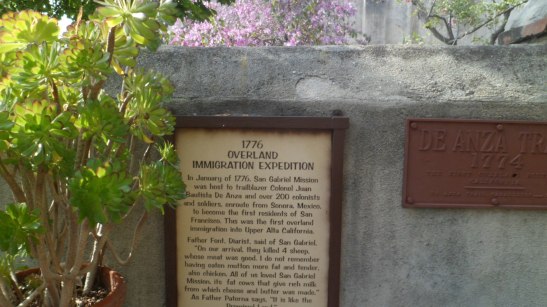
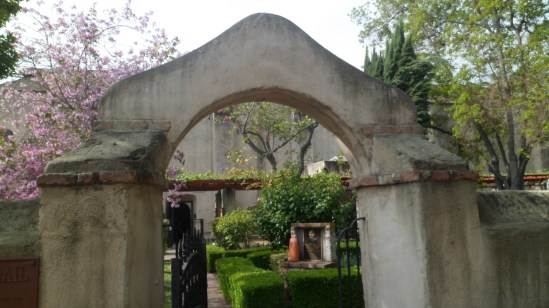



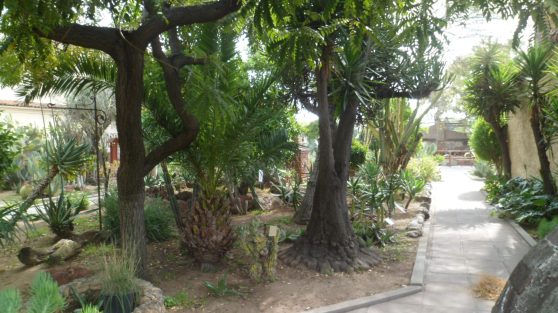
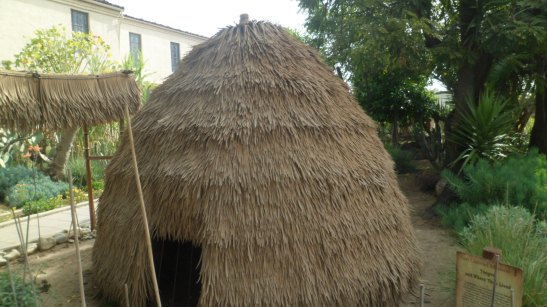










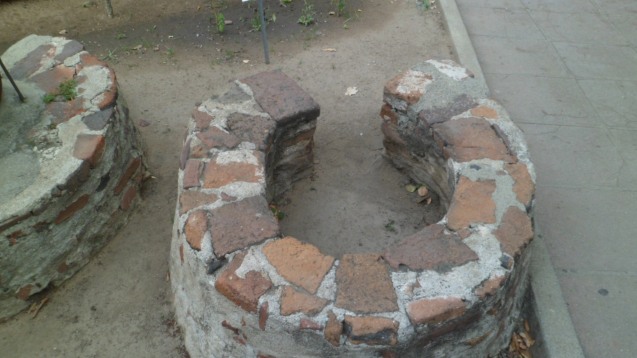


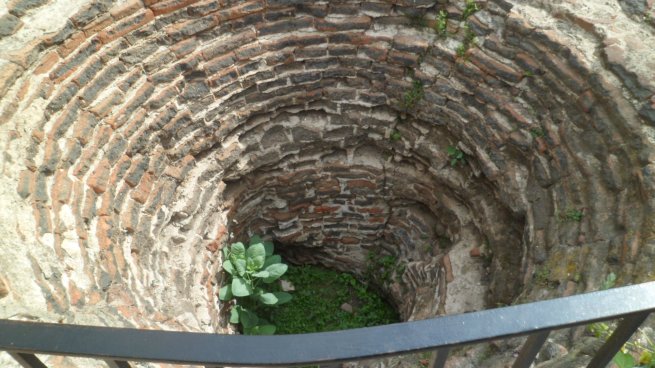
Comments (3)
Gary, so much peace, just looking at these photos.
very interesting slice of history and the workings of the mission! Thanks for the peek - I will be excitedly waiting for the next installment!
Thank you, Val and Zakiah. The most interesting places are those which combine beauty with scenes of honest labour.
Comments are closed.